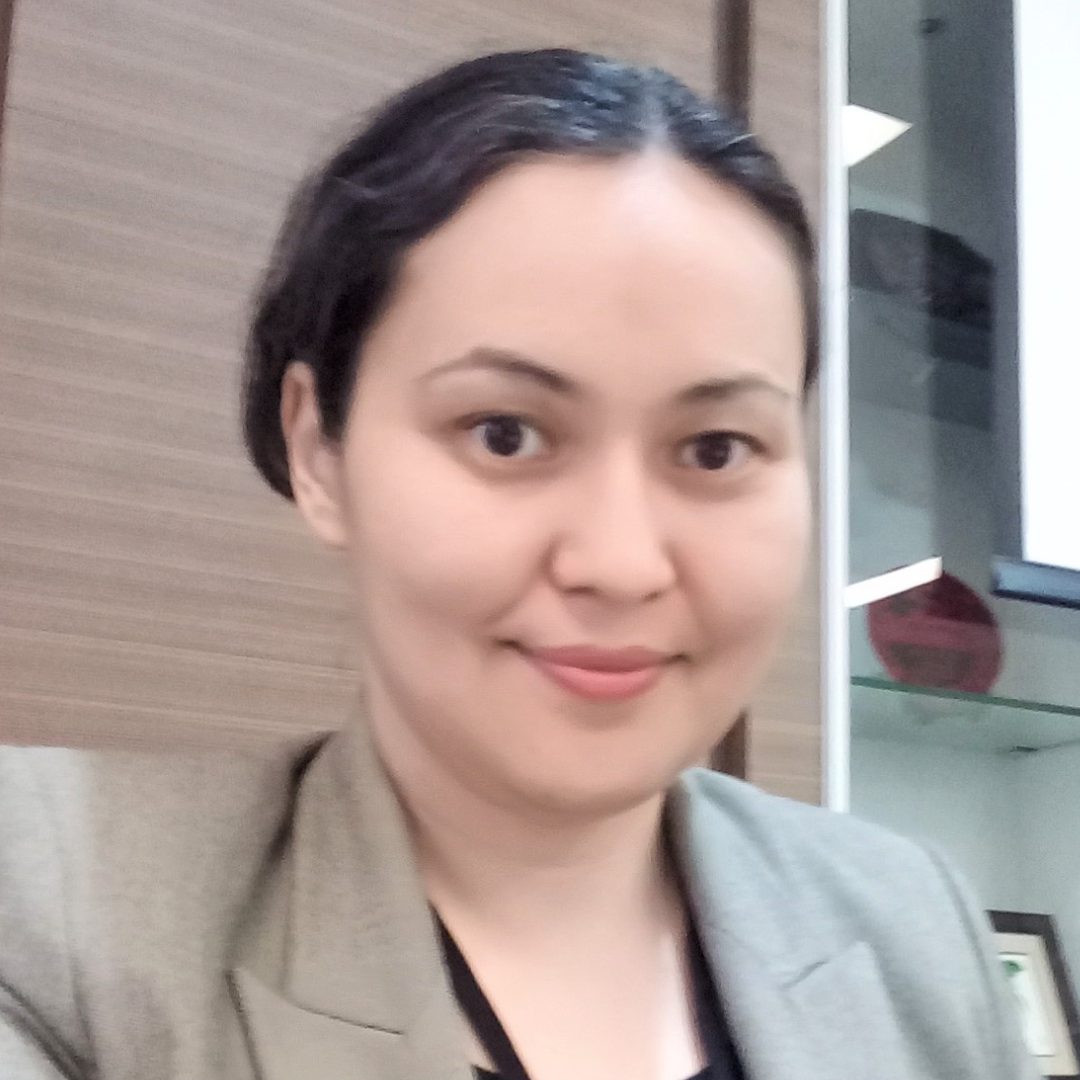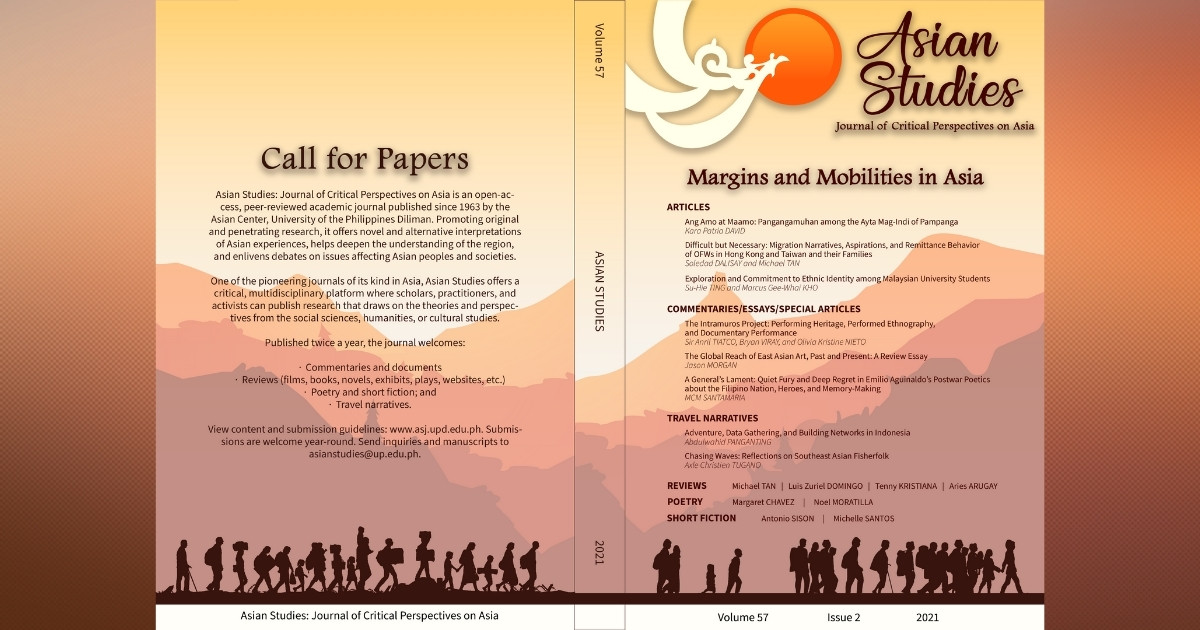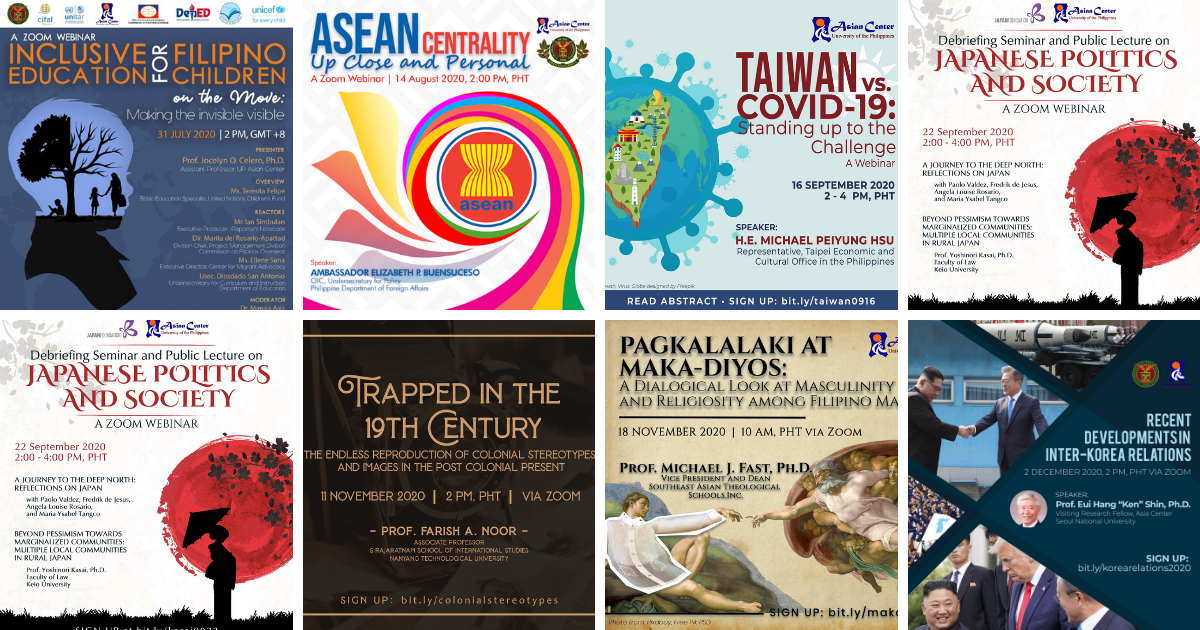The UP Asian Center will hold the AC Faculty Salon: "Central Asian Regionalism: Connecting, Balancing, and Buffering" on 20 June 2025, 2:00 PM, PST (GMT+8), at the Seminar Room, UP Asian Center, University of the Philippines Diliman (ONSITE). Featuring new Asian Center Faculty, the event is free and open to the public. Online pre-registration is recommended due to limited seating.
ABOUT THE LECTURE
"Central Asian Regionalism: Connecting, Balancing, and Buffering"
The Central Asian Region, strategically located at the crossroads of China, Russia, South Asia, and West Asia, includes five post-Soviet republics: Kazakhstan, Kyrgyzstan, Tajikistan, Turkmenistan, and Uzbekistan. The region is crossed by oil and gas pipelines, as well as railway and road networks that connect China and Europe via the Trans-Caspian International Trade Route (TITR) or the Middle Corridor. Because of the current Russian-Ukraine war, the regional airspace has increased in importance as transit routes for airfreight and passenger travel between Asia and Europe. Despite the weakness of a post-Soviet institutional framework for regional cooperation, the five nations host regular Presidential-level meetings and participate in C5+1 dialogues with major powers, particularly China, the US, and the EU. For interoperability on regional issues such as border security, counterterrorism, drug trafficking, and environmental issues, particularly transboundary water management of two major rivers, Amu Darya and Syr Darya, the Central Asian states rely on communication links and diplomatic protocols that were developed during their membership in the Soviet Union. However, the prevailing crises at the borders of the region, such as the persistent violence in Afghanistan, the Russia-Ukraine war, and the worsening instability in Iran, the Caucasus region, and in the Xinjiang region of China, give cause for the Central Asian states to adopt new and more complex forms of geostrategic behavior. The most important of these are balancing, particularly the modulation of geopolitical expansion by Russia and China, and buffering, or the diffusion of economic and sociopolitical issues that could otherwise cause international conflicts.
ABOUT THE SPEAKER
ALIYA PELEO, Ph.D.
Assistant Professor, Asian Center, UP Diliman
Aliya Peleo earned her Ph.D. at the Institute of China and Asia-Pacific Studies, National Sun Yat-sen University in Kaohsiung, Taiwan. She has an MA in International Development from the Graduate School of International Relations at the International University of Japan in Niigata, Japan. She has worked on a number of development projects in Central Asia with UNESCO, the Peace Corps/Kazakhstan, USAID, and ADB. She has also taught economics and management at the KIMEP University, International Academy of Business, and Suleyman Demirel University in Almaty, Kazakhstan.







